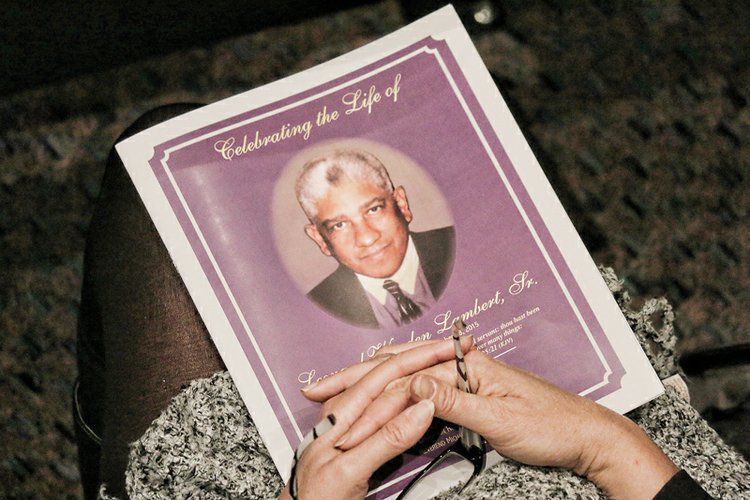4 Tips For Announcing Deaths And Funerals On Social Media
When a person dies, loved ones have the challenging and important task of disseminating this information. Especially if you are one of the first to learn of a loved one’s death, it is your responsibility to break that news to the rest of the deceased’s family and friends. There is no denying that this is a painful and often complicated process.
There is often a generational divide when it comes to the announcement of deaths on social media. As outlined in this New York Times help column
, young people perceive Facebook and Twitter as perfectly acceptable outlets for announcing a death, while an older person might find the use of this platform inappropriately cold or disconnected.
Despite the shock and dismay of learning about someone’s death, it remains important to behave with tact and find a careful and considerate way of breaking difficult news to those who need to know. Here are some tips for navigating the announcement of a death on social media.
1. Consider Timing: Who Already Knows?
Timing is a very important factor. One thing is indisputable: immediate and very close family members should not learn about a loved one’s death through social media.
A social media announcement about death should only happen after the inner circle has been informed. This might be challenging for a young person, particularly, because many younger people rely on their social media circles for comfort and support.
When you share the news of a death, explain to children and teens that it’s not yet time to mention the news on social media. Be explicit about if and when it will be okay for them to post about it.
2. To Tag or Not to Tag
Another important consideration when deciding when and how to announce a death on social media is the condition of the deceased’s social media profiles. Have they been managed appropriately?
Each social media platform has different guidelines for handling the death of a user. For example, Facebook provides the option of turning someone’s profile into a “Legacy Contact.” If this has already been done, it might be effective to post information about the person’s death on their profile, or even tag their profile in your announcement, so that the news is disseminated to the right people—i.e., those that were connected to the deceased.
3. Include Funeral Details
It might be easiest to wait until you know details about a funeral before announcing a death on social media. This way, you can make one post with news of the death and the funeral information, like date, time and location of the funeral, as well as where people can donate to memorial funds or send flowers.
If you don’t provide funeral or memorial service details—or at least mention that you will post the details when you have them—people will start contacting you and commenting on the post with questions, which will require more managerial efforts from you during a difficult time.
4. What Would They Have Wanted?
Before posting about a death on social media, check out the condition of your loved one’s profiles and see if there is anything that needs to be managed before your announcement.
One of the easiest ways to decide if it is appropriate to announce a death on social media is to think about the desires of the deceased. Would they have wanted this news expressed via social media profiles?
If the person was particularly private or had a disdain for the public nature of social media, perhaps they wouldn’t have wanted their death announced on these channels. On the other hand, if they loved using social media and had large webs of connections on the internet, they might prefer that method of announcement.
Be Respectful
Above all, try to respect the wishes of your friends and family during this difficult time of loss. If someone is inherently uncomfortable with announcing a loved one’s death on social media, it’s probably a bad idea. The most important principle during grief is to come together and support each other.




